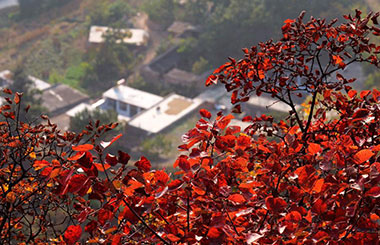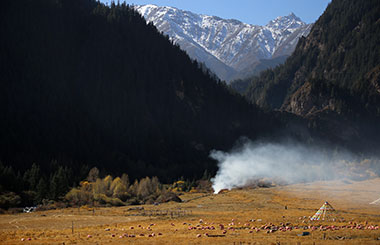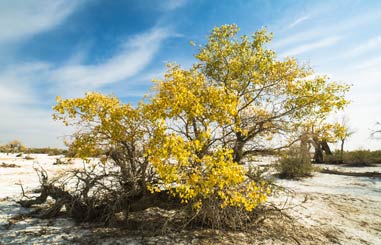Search for Shangri-La leads explorers to a philosophical discovery
Continuous quest
In their second expedition, Brahm and his team dug deep into the origin of the Shangri-La myth.
After detailed research and analysis of Lost Horizon, they found that James Hilton had never visited Asia and largely based his writing on botanist and explorer Joseph Rock's reports on western China for the National Geographic.
So in 2003, the team followed the footsteps of Joseph Rock along the ancient Tea Horse Road, which for centuries had served as a trade link between China's Yunnan and Tibet, and several Asian countries, as well as providing a vital route for Buddhism to enter China.
They wanted to find the prototype that had inspired Hilton's Shangri-La, only to discover that Shangri-La was most likely a misspelling of "Shambhala," an ideal realm in Tibetan Buddhism, Brahm says. So the team embarked on a third expedition in 2004 - looking for Shambhala.
During their quest, they heard of the existence of a rare sutra that contained descriptions and prophecies regarding Shambhala and was preserved at Zhaxi Lhunbo Lamasery in Xigaze, Tibet.
Following clues in the sutra, the explorers finally arrived at the ruins of Guge, a powerful ancient kingdom founded around the 9th century that disappeared mysteriously in the 17th century, in Ngari Prefecture, the most isolated part of western Tibet.
Regretfully, Guge was no Shambhala either. But they learned that in a remote part of central Tibet, five to twenty five monks often gather to represent the kings of Shambhala and collectively meditate, visualizing Shambhala.
The practice helped Brahm realize that the search for Shangri-La or Shambhala's actual location was not important. Shambhala was not something to be found; it was something to be created.






















